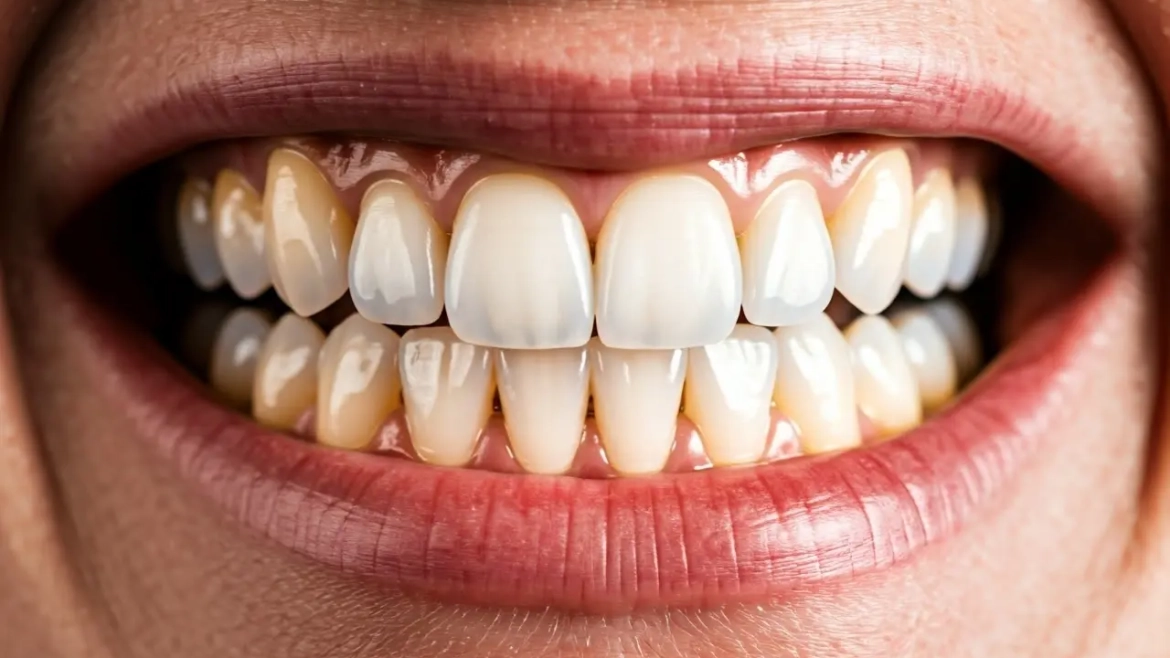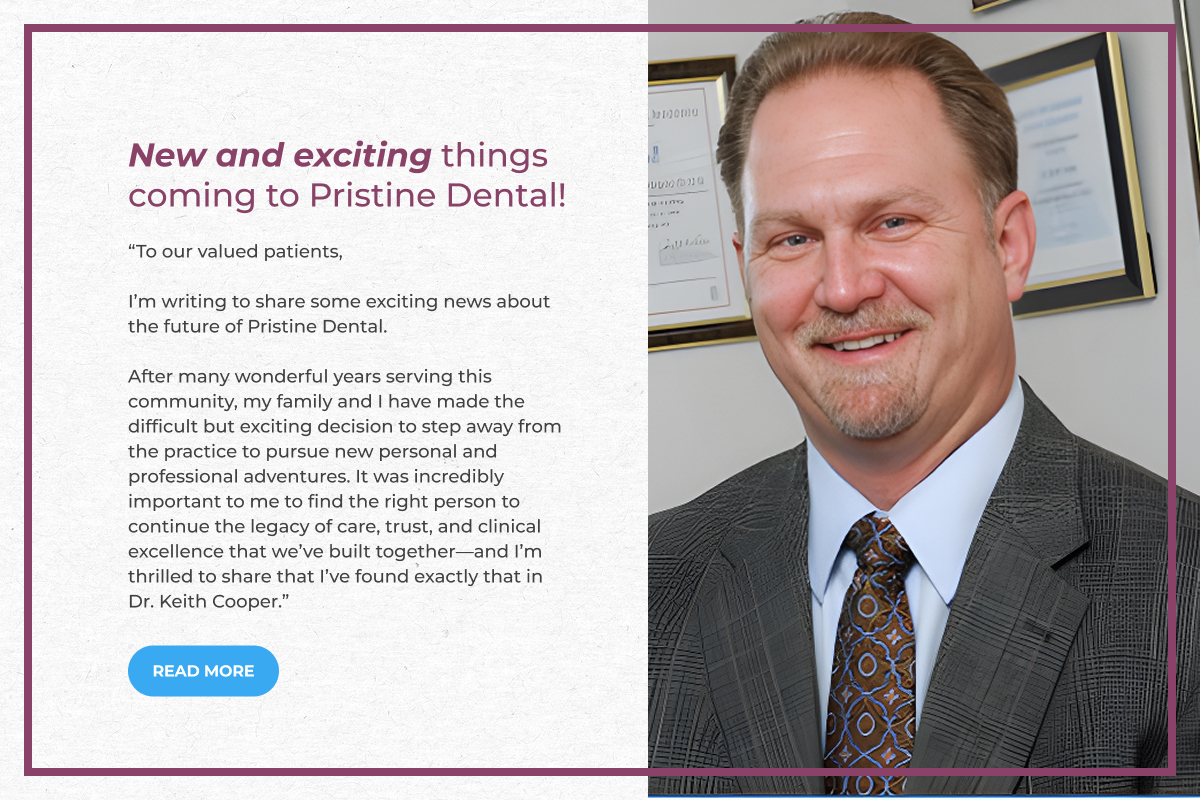Thinking about brightening your smile with a teeth whitening treatment? You’re not alone! In this FAQ blog, we’ll explore what you can expect from these popular procedures and address common questions to help you decide if it’s the right choice for you.
What Are Teeth Whitening Treatments?
Teeth whitening treatments are cosmetic procedures designed to brighten your teeth by removing stains and discoloration. These treatments can be applied professionally by a dentist or at home using various products.
In professional settings, a dentist will use higher concentrations of whitening agents, which often guarantees quicker and more effective results compared to over-the-counter options. The effectiveness and safety of these treatments have made them increasingly popular in cosmetic dentistry.
For those opting for at-home treatments, there are whitening strips, gels, and trays that can be purchased from your local drugstore. While these products contain bleaching agents similar to those used by dentists, the concentrations are typically lower, which may affect the speed and efficacy of results.
How Do Professional Whitening Treatments Work?
Professional whitening treatments often involve applying a bleaching agent to the teeth. This process, usually done in a dentist’s office, can produce faster and more dramatic results compared to over-the-counter products.
One popular method used in dental offices is laser whitening. This technique involves applying a bleaching gel to your teeth and then using a laser to enhance the whitening effect. The laser light is said to activate the gel, allowing the whitening process to work more efficiently.
Another common practice in professional whitening is using custom-fitted dental trays. The dentist creates these trays to perfectly fit your teeth, ensuring that the bleaching agent is evenly distributed. Once the trays are ready, you can use them at home for a prescribed duration, maximizing convenience combined with professional-grade results.
What Can I Expect During the Treatment?
During the treatment, your dentist will first protect your gums, then apply the whitening agent. The process may include using a special light to enhance the agent’s effects. The entire procedure typically lasts about an hour.
Before starting, your dentist will conduct a comprehensive check-up to ensure your teeth and gums are in good condition for whitening. This step is crucial to avoid any complications and to ensure the process goes smoothly.
If you’re nervous about discomfort, don’t worry. Many patients report feeling a slight tingling sensation during the procedure, but it’s generally considered painless. Just sit back, relax, and let the dentist work their magic!
Are There Side Effects?
Some people might experience temporary side effects like tooth sensitivity or gum irritation after a whitening session. These effects usually subside within a few days.
Tooth sensitivity arises due to the bleaching agent reaching the nerve endings in your teeth. However, manufacturers of whitening products have improved formulas to minimize this effect, and your dentist can offer specific advice to manage any sensitivity you might encounter.
Maintaining good oral hygiene and using toothpaste designed for sensitive teeth can help alleviate these side effects more quickly. Remember, any discomfort is usually short-lived and will fade as your beautiful new smile emerges.
How Should I Care for My Teeth After Whitening?
Post-treatment care involves avoiding foods and drinks that can stain your teeth, such as coffee and red wine. Maintaining good oral hygiene habits will also help preserve your bright smile.
In the first 48 hours after treatment, your teeth are more susceptible to staining, so it’s best to stick to a “white diet.” This includes foods like chicken, rice, and pasta devoid of creamy sauces. Make sure to brush your teeth gently to avoid disturbing the whitening agent that continues to work after you’ve left the dentist’s chair.
Regular check-ups and cleanings with your dentist will keep your teeth in their best condition. You can even discuss ongoing treatments or touch-ups to maintain that sparkly smile you love.
How Long Do Results Last?
The longevity of whitening results varies depending on your habits and the treatment type. Results can last anywhere from several months to three years, with some touch-up treatments needed in between.
Factors like smoking, oral hygiene, and even the natural aging process can impact how long your teeth stay white. By adhering to your dentist’s recommendations for maintenance and lifestyle changes, you can extend the life of your whitened teeth.
Ultimately, the key to long-lasting results lies in regular hygiene practices and being mindful of foods and beverages that cause staining. This isn’t just a one-time fix but an ongoing commitment to yourself and your smile.
Wrapping Up Your Teeth Whitening Journey
Teeth whitening can be a fantastic way to boost your confidence and appearance. By understanding what to expect from the procedures, aftercare, and potential results, you’re better equipped to make an informed decision. Always consult with your dentist to choose the best treatment for your needs.



